Because there are so many potential reasons for solenoid valves to malfunction, they are often thought to be complex, trouble-prone devices. Actually, they are quite simple and very reliable.
Many of the problems originate outside the valves themselves, while others are caused by mis-application or improper installation. Troubleshooting should begin with a check of the voltage and pressure input.
The problem may be caused by an inoperative control relay or a fluctuating pressure regulator. If voltage and pressure are correct inspect the valve.
The main reasons a direct-acting solenoid valve fails to operate:

● Low or no voltage
● Burned-out solenoid
● Pressure higher than the valve’s rating
● Foreign matter in the valve
● Binding core or damaged core tube
To operate properly, a solenoid valve core must move within the core tube and contact the plugnut when the coil is energized.
You should hear a sharp metallic click at energization. Absence of the click usually indicates an electrical problem.
For most valves, voltage applied to the coil must be at least 85% of the nameplate voltage rating.
If the valve coil is receiving the proper voltage, absence of a click may mean that the line pressure is higher than the valve’s rating.
If line pressure is OK, foreign matter may be preventing the core from moving in the core tube. Core movement can also be restricted if the top of the core has been opened over millions of operations, if the disc is swollen or cut, or if the core itself has been damaged.
A pilot-operated valve might fail to operate when energized even though a click has been heard.
A no-flow condition may be caused by:
● Insufficient pressure drop across the valve
● Ruptured diaphragm or damaged pis- ton ring
● Plugged or restricted pilot orifice
Both pilot-operated and direct-acting valves can fail to operate when de-enerized because of:
● Faulty control circuit
● Scale or other foreign matter in the valve
● Binding core or damaged core tube
● Broken spring
Pilot-operated valves may also malfunction when de-energized due to:
● Plugged bleed orifice
● Damaged pilot seat or disc
● Damaged diaphragm or piston
● Insufficient pressure drop across the valve
Excessive solenoid noise (hum or chatter) can be caused by:
● Low voltage
● Faulty relay or improper electrical con- trol signal
● Loose solenoid parts
● Foreign matter on core or plugnut face
● Worn core of plugnut face
● Damaged spring
● Excessive system pressure
When troubleshooting 4-way valves con- trolling cylinders, it is important to follow the instructions provided with the valve. Some 4-way valves require an oil-mist lubricator for proper operation.
Pilot-activated 4-way valves normally require full- size piping for pressure inlet and exhaust. In some of these valves, restrictive speed control devices should be installed in the cylinder connections
Because faulty cylinder operation is often caused by the cylinder itself, it should be checked for:
● Misalignment between the piston rod and connected load
● Lack of lubrication
● Worn and leaking piston cups which allow fluid to exhaust through the valve
● Foreign matter in the speed controls
● System overloading, low line pressure, or undersized hoses or fittings
If the problems does not appear to be in the cylinder.
SOLENOID VALVE TROUBLESHOOTING GUIDE
MAINTENANCE PROCEDURES
Cleaning of filters and strainers should be part of your normal preventive maintenance program, along with cleaning and inspection of the valve. If the valve is not operating properly and corrective steps are required, confirm that the problem is in the valve and not caused by other conditions in the system.
Foreign matter in the valve, such as pipe joint sealant, corrosion from pipes and process vessels, mineral deposits and other solids, is a major cause of solenoid valve failure.If valve disassembly is required, always follow the instructions supplied with the valve for disassembly, cleaning and reassembly.
Before disassembling the valve, it is always best to have on hand those parts subject to wear which are most likely to require replacement.
Dirt on the valve body and on internal parts should be wiped off with a lint- free cloth.
On all valves, always be sure to reinstall the nameplate. The nameplate serves sometimes as a retainer to hold the solenoid to the valve.
MAINTENANCE TIPS
Direct-Acting Valves
Always turn off electrical and fluid sup- plies before disassembling a valve and loosen the solenoid base slowly to re- lease any trapped pressure.
Remove internal parts and wipe them clean with a lint-free cloth.
Examine the valve body for foreign mate- rials and deposits. Be especially careful not to scratch the valve seat or disc during cleaning. The movable core and core tube should be examined for signs of binding and wear. If present, all internal parts should be replaced.
The solenoid core must move freely in the core tube and should be free from signs of binding and excessive wear.
If there is excessive wear to the valve body (e.g. wire drawing of the seat), the valve should be replaced.
The disc at the end of the movable core or piston should be checked for signs of excessive impacting. If deep impressions are noted and the system involves liquids, a water hammer condition may exist. To protect the pipes and equipment in the system, install a water hammer cushion close to the valve inlet, or replace the valve.
After reassembly, check the valve operation by energizing the solenoid coil. A sharp metallic click should be heard if the valve is operating properly.
Pilot Operated Valves Cleaning and inspection procedures are essentially the same as for direct-acting valves. However, pilot operated valves also have a diaphragm or piston with bleed holes which must be cleaned. The piston should move freely in its cylinder and the piston rings should rotate freely in the groove.

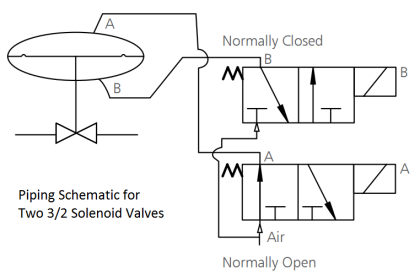
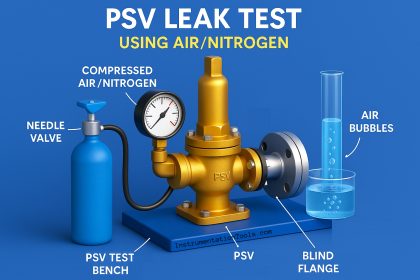
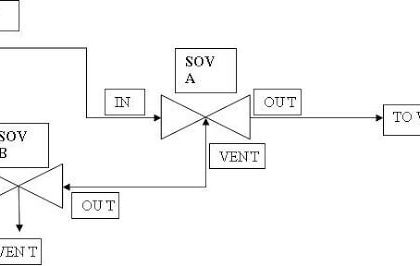
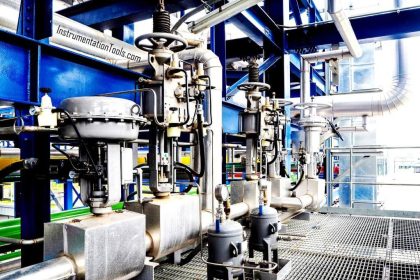
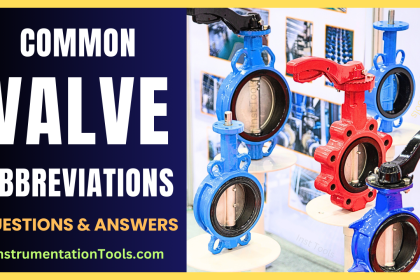
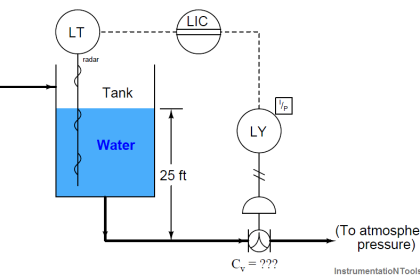
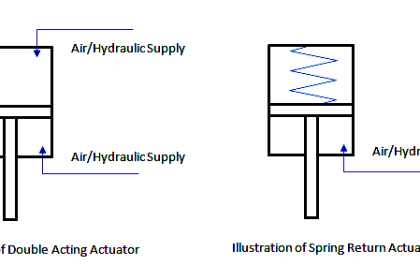
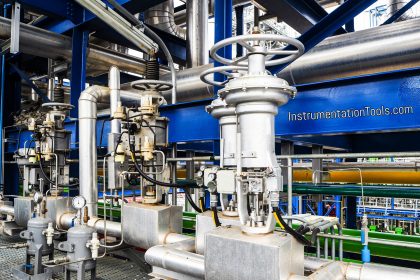


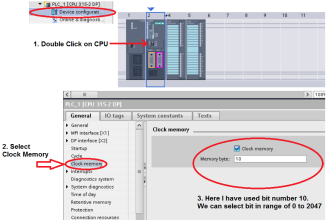
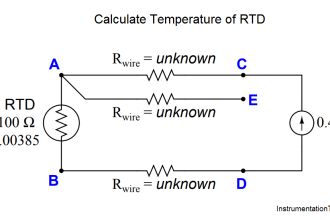
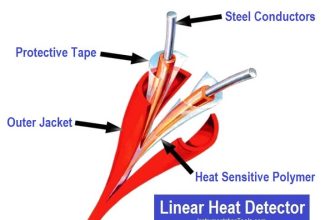
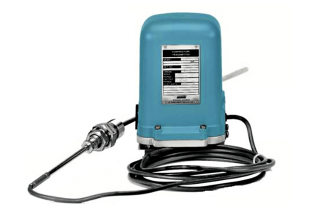
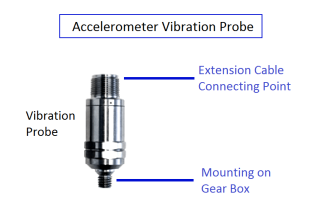


Excellent read! Solenoid valves are often used in a broad range of industrial applications, covering pneumatic and hydraulic systems and fluid power motors. Since these valves operate at high pressures and temperatures, they may occasionally fail. Rusting, unequal pressure, power outages, missing equipment, shifting voltage or current, debris, and corrosion are all possible causes. Because of the factors above, these valves don’t fully open or close and must be maintained or replaced.